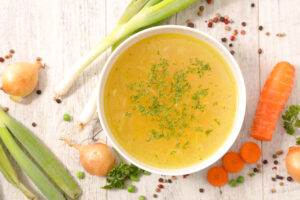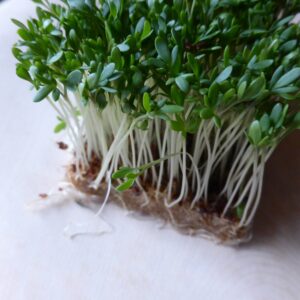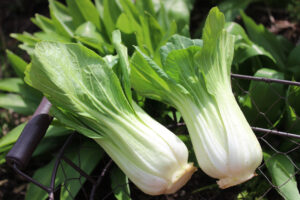How to Freeze Bok Choy and Keep Its Nutritional Value
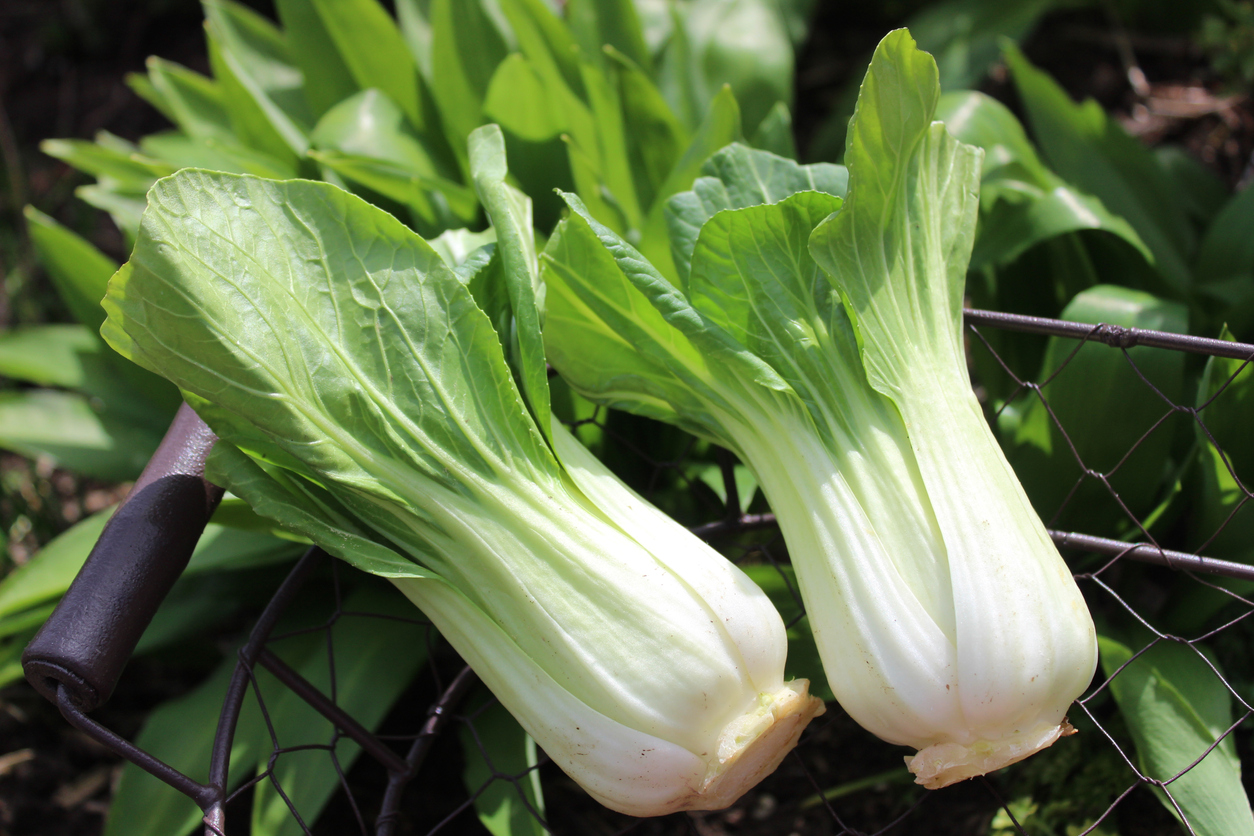
Whether you had an abundant harvest in your garden or bought in bulk at the farmers market or grocery store, you need to know how to freeze bok choy. The first time I tried freezing my bok choy, it ended up a soggy mess. Don't make the same mistakes that I made! In this comprehensive guide, I'll explain simple and effective methods for storing bok choy, and discuss how to freeze bok choy while retaining its essential nutrients. Also, find ideas for ways to use your frozen bok choy and a guide to other green vegetables that can be frozen in a similar fashion.
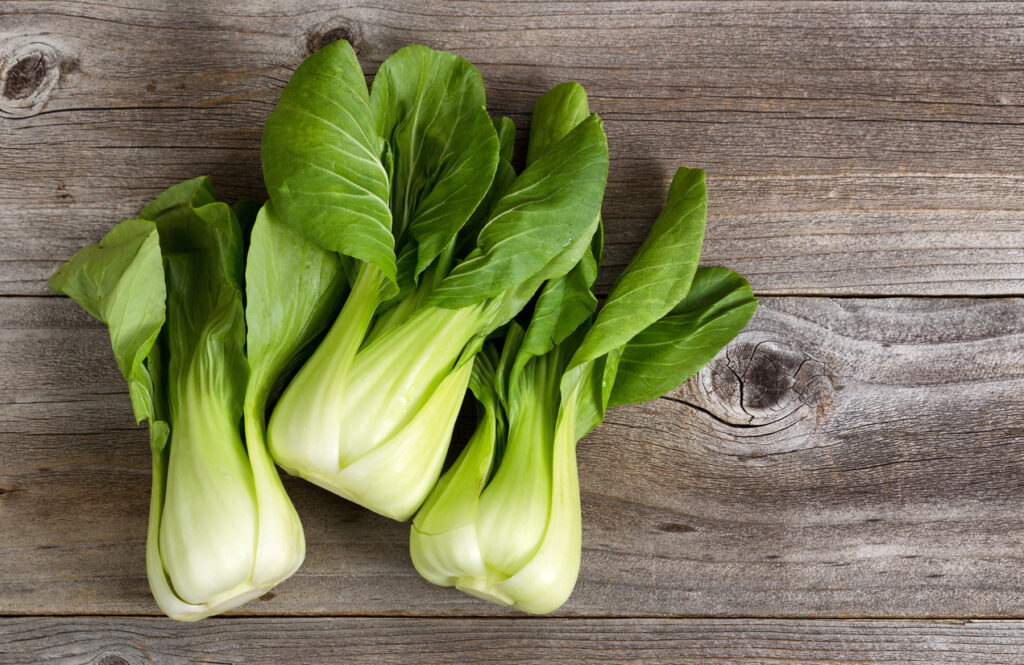
Refrigeration of Bok Choy
When you bring fresh bok choy home from the grocery store or farmers markets, it's essential to follow proper storage practices to keep it crisp and flavorful.
Check the Quality
- Whether you are getting your bok choy from the farmers market or local grocery store, inspect the quality to ensure freshness.
- Choose bok choy with vibrant green leaves, avoiding any signs of wilting or brown spots.
Preparing Bok Choy for Refrigeration
Before storing bok choy in the refrigerator, it's crucial to prepare it properly to extend its shelf life and maintain its crisp texture.
- Cleaning:
- Rinse bok choy under cold water to remove any dirt or debris.
- Use a salad spinner or pat it dry with a clean kitchen towel to remove excess water.
- Trimming:
- Trim the ends of the bok choy stalks and separate the leaves.
- For larger bok choy, consider cutting it into more manageable sizes.
Refrigeration Techniques for Retaining Freshness
Proper refrigeration is key to preserving the crisp texture and nutritional value of bok choy.
- Airtight Container:
- Place the prepared bok choy in an airtight container.
- Add a damp paper towel to maintain moisture levels without causing excess water.
- Damp Paper Towel Method:
- Upon arriving home, wrap the bok choy in a damp paper towel.
- Place it inside a plastic bag, leaving some space for air circulation.
- Store the bagged bok choy in the vegetable crisper drawer of your refrigerator.
- Plastic Bag Method:
- Alternatively, store the cleaned and trimmed bok choy in a plastic bag, removing excess air before sealing.
- Ensure the bag is loosely tied to allow for air circulation.
- Temperature and Humidity:
- Store bok choy at a temperature between 32°F and 40°F (0°C to 4°C).
- Maintain high humidity levels in the vegetable crisper drawer.
- Avoid placing bok choy near ethylene gas producers like apples, as they can accelerate ripening.
How to Freeze Bok Choy while Retaining Nutritional Value
Freezing bok choy is a great way to extend its shelf life, and with the right techniques for how to freeze bok choy, you can retain its nutritional value and crisp texture.
- Blanching:
- Bring a pot of water to a boil and prepare a bowl of ice water.
- Submerge bok choy in boiling water for 1-2 minutes, then transfer it to the ice bath to stop the cooking process.
- Drain excess water and pat the bok choy dry.
- Cutting into Smaller Pieces:
- Cut bok choy into bite-sized pieces for easier handling and cooking after thawing.
- For baby bok choy, consider freezing it whole or halved.
- Airtight Freezer Bag:
- Place the blanched and cut bok choy into airtight freezer bags, removing excess air before sealing.
- Consider dividing it into smaller portions for convenient use.
- Labeling:
- Clearly label the freezer bags with the date to monitor the storage time. For the best quality, try to use frozen bok choy within 8 to 12 months of freezing. While it remains safe to eat beyond this timeframe, the texture and flavor may begin to degrade over an extended period.
Proper Freezer Storage for Bok Choy
To prevent freezer burn and maintain the best quality of frozen bok choy, follow these guidelines:
- Single Layer Freezing:
- Freeze bok choy in a single layer on a baking sheet before transferring it to freezer bags.
- This prevents pieces from sticking together and allows for easy portioning.
- Freezer-Safe Container:
- Alternatively, use a freezer-safe container for storage.
- Ensure the container is airtight to prevent the entry of excess moisture.
- Avoid Overcrowding:
- Ensure there's enough space between individual pieces to prevent them from sticking together.
- Overcrowding can lead to uneven freezing and compromise the texture.
Thawing and Using Frozen Bok Choy
When ready to use frozen bok choy, follow these steps:
- Thawing:
- Thaw frozen bok choy in the refrigerator for the best results.
- Avoid thawing at room temperature to prevent the growth of harmful bacteria.
- Cooking Methods:
- Incorporate thawed bok choy into stir-fries, noodle dishes, or other recipes.
- The blanching process helps retain the crisp texture and nutritional value.
- Avoid Refreezing:
- Once thawed, it's advisable not to refreeze bok choy, as this can affect its texture and quality.
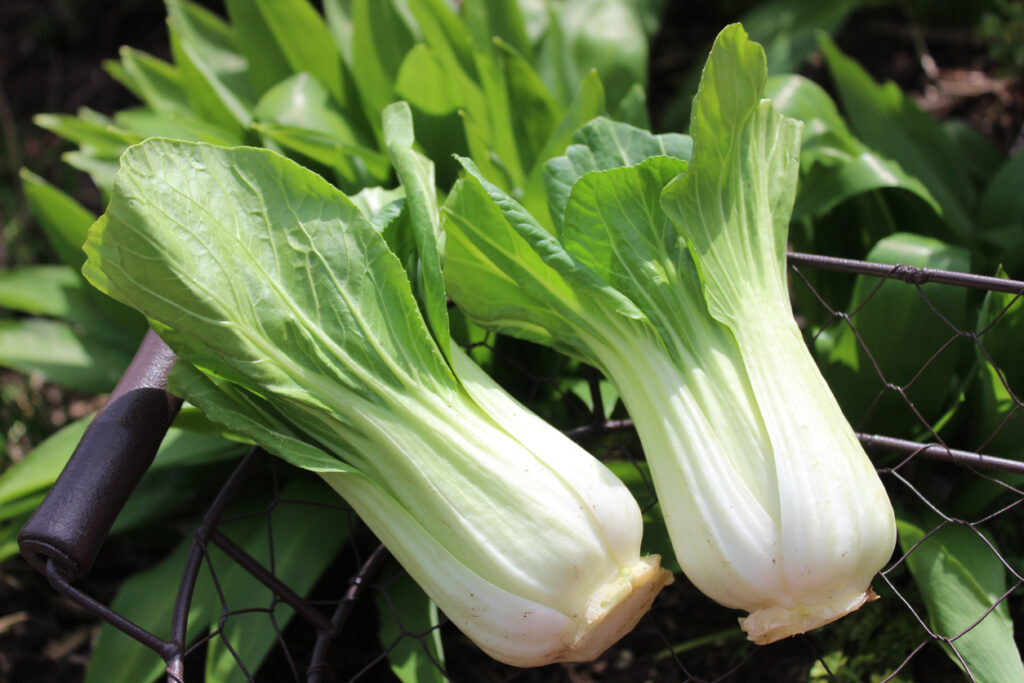
Does freezing bok choy change the nutritional value?
Freezing bok choy can have some impact on its nutritional value, although the extent of these changes might vary. Generally, freezing causes cell damage to vegetables due to ice crystal formation, which can affect their texture, color, and nutrient content. However, by following the steps above which explain how to freeze bok choy properly you will minimize nutrient loss and maintain the nutritional value of frozen bok choy.
How can I use my frozen bok choy?
Frozen bok choy, while undergoing changes in texture compared to its fresh counterpart, remains a versatile ingredient that can be used in various cooked dishes. Here are several ways to incorporate frozen bok choy into your meals:
Stir-Fries
- Stir-frying is an excellent way to use frozen bok choy. The cooking process helps to blend the slightly altered texture of thawed bok choy with other ingredients.
- Combine it with other frozen vegetables, protein sources like chicken or tofu, and your favorite stir-fry sauce for a quick and flavorful meal.
Soups and Stews
- Add frozen bok choy directly to soups and stews during the cooking process. The softened texture of thawed bok choy works well in broths, enhancing the overall flavor of the dish.
- Consider incorporating it into classic recipes like chicken noodle soup, miso soup, or vegetable stew.
Casseroles and Bakes
- Include frozen bok choy in casseroles and baked dishes. Thawed bok choy can be mixed with other vegetables, grains, and proteins, creating a well-balanced and nutritious one-dish meal.
- Try it in casseroles with rice, quinoa, or pasta, combined with cheeses or sauces for added flavor.
Noodle Dishes
- Frozen bok choy is a great addition to noodle dishes. Whether it's lo mein, pad Thai, or any other noodle-based recipe, the softened bok choy can complement the dish's flavors and provide additional nutrients.
Egg Dishes
- Incorporate thawed bok choy into egg dishes such as omelets, frittatas, or scrambled eggs. The softened texture blends well with eggs, and the flavors complement each other nicely.
Sauces and Curries
- Prepare flavorful sauces or curries and add frozen bok choy during the cooking process. The bok choy will absorb the delicious flavors of the sauce, creating a tasty and nutritious dish.
Side Dishes
- Serve thawed bok choy as a side dish by sautéing or steaming it with garlic, ginger, and a dash of soy sauce or your favorite seasoning.
- Pair it with grilled chicken, fish, or tofu for a well-balanced meal.
Fried Rice
- Make fried rice with frozen bok choy. Combine it with cooked rice, frozen peas, carrots, and protein of your choice for a quick and easy meal.
Dumplings and Spring Rolls
- Use thawed bok choy as a filling for dumplings or spring rolls. Combine it with other vegetables, meat, or tofu for a delicious and homemade Asian-inspired treat.
Tips
- Adjust cooking times based on the desired texture of the bok choy in each recipe.
- Be mindful of the bok choy's softened texture and incorporate it into dishes where this change is less noticeable.
By incorporating frozen bok choy into a variety of recipes, you can enjoy the convenience of having this nutritious vegetable on hand throughout the year, adding both flavor and health benefits to your meals.
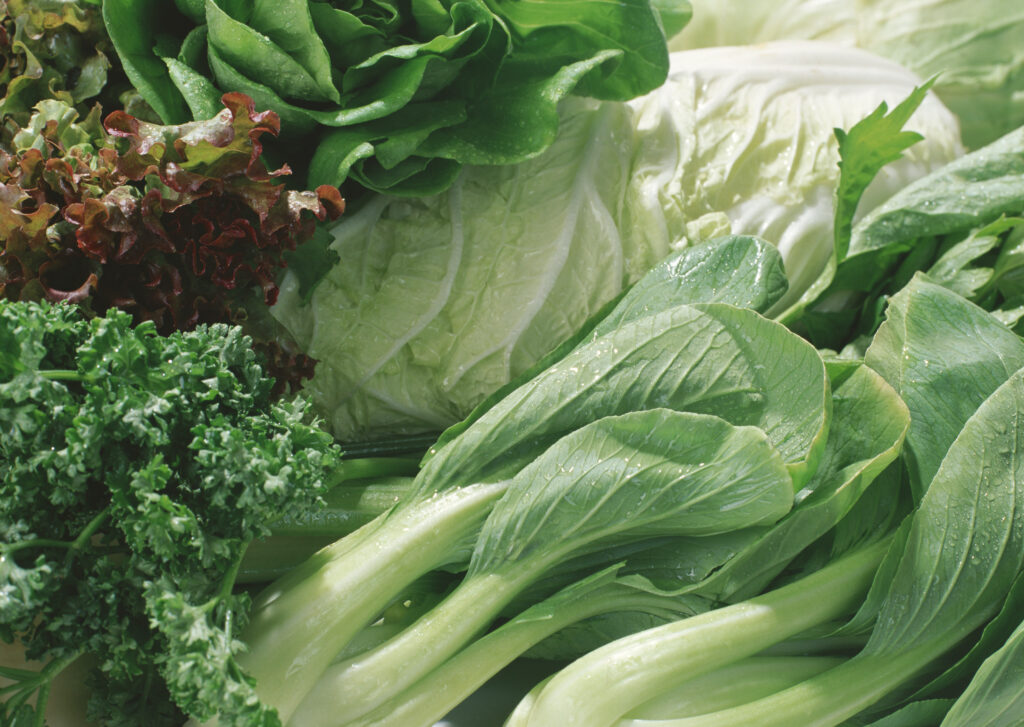
Can you freeze other green vegetables in the same way?
Yes, many other green vegetables can be frozen using similar methods to preserve their texture, flavor, and nutritional content. Freezing is an excellent way to extend the shelf life of vegetables, allowing you to enjoy their benefits even when they are out of season. Here are some common green vegetables that freeze well:
1. Spinach
Freezing Method: Blanch spinach in boiling water for about 1-2 minutes, then transfer to an ice bath. Drain, squeeze out excess water, and freeze in airtight containers or freezer bags.
Usage: Frozen spinach is versatile and can be used in smoothies, casseroles, soups, and sauces.
2. Broccoli
Freezing Method: Blanch broccoli florets in boiling water for 3 minutes, then cool in an ice bath. Freeze on a baking sheet before transferring to freezer bags or containers.
Usage: Frozen broccoli is suitable for stir-fries, casseroles, and side dishes.
3. Green Beans
Freezing Method: Blanch green beans in boiling water for 2-3 minutes, then cool in an ice bath. Freeze in a single layer on a baking sheet before transferring to freezer bags.
Usage: Frozen green beans can be used in stir-fries, casseroles, and side dishes.
4. Peas
Freezing Method: Blanch peas in boiling water for 1-2 minutes, then cool in an ice bath. Freeze in airtight containers or freezer bags.
Usage: Frozen peas are convenient for adding to rice dishes, soups, and pasta.
5. Kale
Freezing Method: Blanch kale leaves in boiling water for 2-3 minutes, then cool in an ice bath. Freeze in airtight containers or freezer bags.
Usage: Frozen kale is suitable for smoothies, soups, and casseroles.
6. Brussels Sprouts
Freezing Method: Blanch Brussels sprouts in boiling water for 3-4 minutes, then cool in an ice bath. Freeze on a baking sheet before transferring to freezer bags.
Usage: Frozen Brussels sprouts are great for roasting or adding to casseroles.
7. Asparagus
Freezing Method: Blanch asparagus spears in boiling water for 2-3 minutes, then cool in an ice bath. Freeze in airtight containers or freezer bags.
Usage: Frozen asparagus can be used in stir-fries, omelets, and side dishes.
8. Collard Greens
Freezing Method: Blanch collard greens in boiling water for 3-4 minutes, then cool in an ice bath. Freeze in airtight containers or freezer bags.
Usage: Frozen collard greens are suitable for soups, stews, and cooked dishes.
9. Zucchini
Freezing Method:Slice zucchini and blanch in boiling water for 1-2 minutes. Cool in an ice bath and freeze in airtight containers or freezer bags.
Usage: Frozen zucchini is useful for adding to stir-fries, casseroles, and baked dishes.
10. Swiss Chard
Freezing Method: Blanch Swiss chard leaves in boiling water for 2-3 minutes, then cool in an ice bath. Freeze in airtight containers or freezer bags.
Usage: Frozen Swiss chard can be used in cooked dishes and soups.
Tips for Freezing Green Vegetables
- Ensure the vegetables are dry before freezing to prevent ice crystals.
- Label containers with the freezing date for better organization.
- Use airtight containers or freezer bags to prevent freezer burn.
- Consider portioning vegetables before freezing for easier use.
By following proper blanching and freezing techniques, you can maintain the quality and nutritional value of various green vegetables, ensuring they remain a convenient and nutritious addition to your meals even when they are not in season.
Bok Choy Health Benefits
Looking to learn more about why you should make bok choy a part of your diet?
More Article About Proper Food Storage
